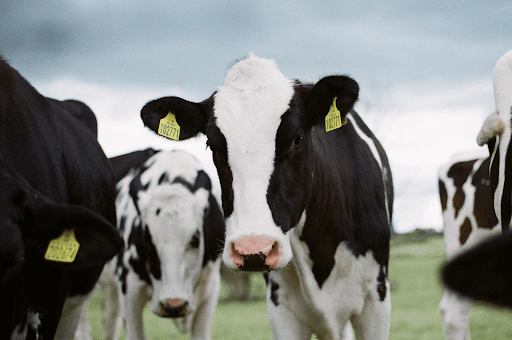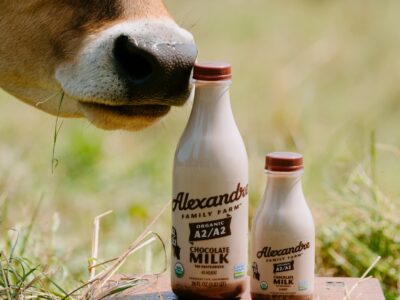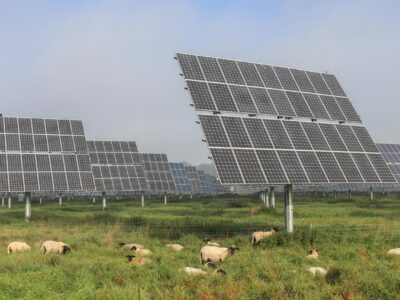What would happen if you tried to potty-train a cow? This silly question, posed half-jokingly on a New Zealand talk radio show, was the inspiration for a study by the University of Auckland in New Zealand. The study looked for innovative solutions to cattle waste, one of livestock agriculture’s more unsavory and unrecognized issues with some significant environmental impact.
To understand the issue is to understand the ins and outs of the average cow. Most cows left on pasture are free to roam around, doing their business wherever they please. It would be a simple life for both the cows and farmers involved if not for the sheer amount of waste they create. A single cow produces around 66 – 88 pounds of feces and around 8 gallons of urine each day. At scale, this means more than just a messy pasture, it is the cause of a myriad of environmental issues. Cow urine contains nitrogen which, when combined with cow feces creates ammonia, a greenhouse gas responsible for acid rain, as well nitrous oxide, another greenhouse gas that comprises about 7% of all US greenhouse gas emissions, with the warming potential of almost 300 times that of carbon dioxide. In addition, the combination creates nitrates, which is a harmful water pollutant that is damaging to the water table.
In order to combat this smelly issue, the researchers at the University of Auckland designed the “MooLoo,” a specific zone where cows are taught to do their business. With the help of their colleagues at an animal research facility in Germany, the research team put the cows through a training program dubbed “MooLoo training.”
The process is based on a reward system not that different from potty training toddlers. Using young cows, the researchers put the calves in a closed latrine pen where they would be rewarded with a sweet treat every time they use the latrine. After a few days, the calves would be transferred outside where they learned that they would only receive their reward if they used the latrine. The researchers reinforced this by using a quick spritz of water as a deterrent, for when they did their business outside of the MooLoo.
The calves were trained for 45 minutes every other day and after 10 days of training, 11 out of the 16 calves were completely MooLoo trained. “Why shouldn’t (cattle) be able to learn how to use a toilet? Animals are quite clever, and they can learn a lot,” said Jan Langbein, co-author of the study. In fact, according to the senior author of the study, Lindsay Matthews, the cows learn just as quickly as children, sometimes quicker.
With the results of the study, MooLoo training can give farmers the ability to make use of the nutrients found in cattle feces and urine, like nitrogen and phosphorus, instead of allowing them to pollute the landscape. Lindsay Matthews talks about this in an interview with NPR, saying, ”If we could capture this urine at source, so to speak, we could deal with it, extract the nutrients, utilize the nutrients even as a fertilizer and make sure that there was less going into the environment and polluting it.”
Douglas Elliffe, professor of psychology at University of Auckland who helped design the study shared, “If we could collect 10% or 20% of urinations, it would be sufficient to reduce greenhouse gas emissions and nitrate leaching significantly,” adding, “We’ve shown proof of concept that we can train cows and train them easily.”
While still in its early stages, MooLoo training could make a giant impact on an industry struggling with its own environmental impact. Every industry must do its part and MooLoo might help the cattle industry make the best out of a stinky situation.





